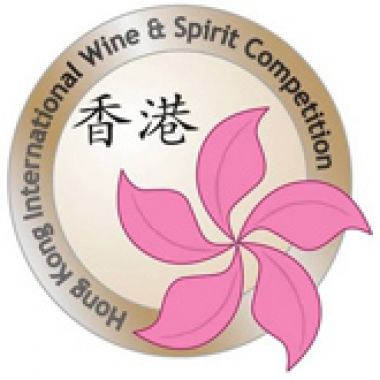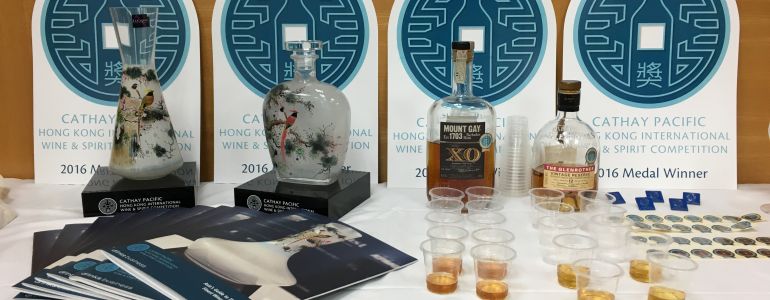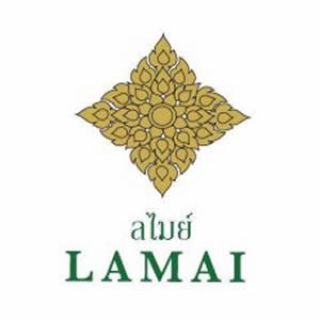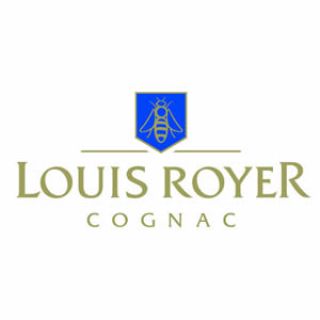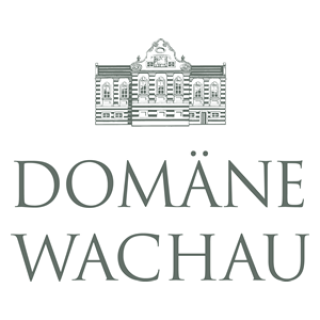THE ASIAN SPIRITS MARKET - Q&A WITH HKIWSC JUDGES, STEVEN LIN AND STEPHEN NOTMAN
There are only 6 weeks left until the deadline to apply for the Cathay Pacific Hong Kong International Wine and Spirit Competition! Tell us about the wine or spirit scene in your country? SL: In Taiwan, the level of wine and whisky taste is quite high. Due to the development of web communities, many people have built their own wine or spirit collections in a very educated and knowledgeable way. They can not only group their fans and followers through online communities, but also attract purchases. Compared to the traditional wine collectors who only took French grand cru and American cult wine seriously, and the traditional whisky lovers who only drank Macallan, Royal Salute or Johnnie Walker blue label, the market nowadays provides more choices, resulting in the development of more segmentalized markets. SN: Mainland China is unique to any other major emerging drinks market. Due to the 1949 Cultural Revolution almost two generations of Chinese consumers were not exposed to a foreign drinks culture which has certainly made the job of the foreign spirits industry a lot harder. Stereotypically consumers over the age of 45 compare foreign spirits to local white spirit, Baijiu (estimated worth £24 Billion market.) If it is high in alcohol and is old this must be an indication of quality. This is one of the reasons why Chinese consumers look for an age statement on Scotch whisky. The spirit scene is certainly going through a transitional period in China. With the new government coming in we have seen many changes that have placed an emphasis on anti-corruption and the use of luxury items. With gifting being a strategically important channel being affected along with the ban on the use of expensive Baijiu and foreign spirits at banquets the foreign spirits category are now having to place an increased emphasis outside of the governments apparatus. What trends are you seeing? SL: There are more and more individuals, communities and young importers focusing on whisky in Taiwan in recent years. Although they are not as big as those independent bottlers in Europe, these sub bottlers deliver more knowledge and thoughts to specific groups who might be the biggest consumers in the future. Big brands, which used to catch consumers’ attention by advertisements, might be willing to amend the future marketing strategy because of these changes in this market. SN: When I first entered into the drinks industry in China in 2008, the whisky and green tea trend had certainly taken off. KTV (Karaoke TV) and traditional on trade establishments for local consumers saw the striding man walking into green tea on a regular basis. The next evolution of trend was the North and South divide. Hong Kong, which has notoriously been a Cognac market, certainly influenced Guangzhou; The North, in places like Shanghai, where lifestyle is key, the focus is directed more towards blended whisky. Finally provinces such as Fujian that are just a stone’s throw away from the Taiwan market have also had a major influence on foreign drinks consumption. Which countries dominate consumption? SL: Hong Kong has its own inherited advantages. It was hugely influenced by England where people used to sell French wines all over the world, and there is the biggest developing market growing on its back. The Hong Kong government recently reformed the tax system of wine, which has massively increased consumption. Honestly speaking, Taiwan is not the biggest consuming market of whisky. But it is still one with strong opinions and knowledge on the taste and richness of whisky. Once the Chinese consumers start to take single malt whisky more seriously, the prices in this market will be rewritten and Taiwan probably will play the role of educator. SN: It is fair to say that France, Scotland and America dominate the foreign spirits market which is however tiny compared to the size of the overall spirits market in China! Who are the ones to watch? SL: According to history, Japan focused on domestic market only, there are even some unique domestic editions, with almost nothing created for foreign markets. Lately, European consumers have paid attention to Japanese whisky, and the international demand for Japanese whisky from Europe and other Asian countries has exploded. The rapid climb of blended whisky consumption in Japan also increases the desire of those collectors. Japan has become a major player in the production one of high-end whiskies in the world and is certainly one to watch. Who’s drinking (age bracket) and where (home, bars, restaurants, hotels)? SL: Those consumers’ aged 50 to 60 years old prefer more aged, smooth and sherry-cask whisky. Another group is from 30 to 40 years old. They attend the tasting events held by web communities, they drink at home, they mostly are opinion leaders in their fields and it’s them who will create more varieties in tasting. Big brands spend the budget on marketing campaigns in lounges, bars and disco pubs which attract lots of young consumers. SN: KTV’s (Karaoke bars), night clubs and bars certainly dominate the sales outlets for foreign spirits. As a result the 20 to 35 year old generation has certainly been targeted with many certainly preferring the likes of vodka, cognac and whisky. Traditionally this channel was certainly closed to many smaller distillers due to the ludicrous listing fees being demanded by outlets. However with more specialist retailers opening up offering a new channel for market entry, the primary target market especially for some single malt brands have been high net worth, social influences whom have migrated from consuming Baijiu at the dinner table to enjoying a fine cognac or malt at a banquet. What are the growth areas? SL: The young rich class in China brings the most influential consumption. SN: The opportunities within China are vast but require focus. With 18 million consumers coming of age along with an estimated Baijiu market value of £24 Billion there are certainly many opportunities. Profitable growth areas are certainly not restricted to primary cities. Secondary and tertiary cities that are larger than major cities in the UK certainly put that into perspective. How can we sell more wines & spirits to your market? SL: Diversified and refined items with culture appeal might be the key. Taiwanese don’t blindly pursue expensive, rare and nicely wrapped products like before. It could be the essential elements in life like taste experience, food pairing is more important in selling wines and spirits. SN: When conducting business in China you have to be extremely flexible. This has been clearly showed in the change in administration and the clamp down on anti-corruption that certainly affected the foreign spirits gifting market. Defining long term and how we can make money should be the questions before you sell crown jewels for brand seeding. What’s the next big thing? SL: When Chinese consumers are done pursuing Grand Cru, the quotation is predicted to have a sudden drop. It is the same scenario for spirits. Although Chinese consumers are passionately pursuing expensive French cognac at this point, we can imagine when they get tired of cognac, the new favorite item will come up to replace it at once. Signs suggest it could probably be whisky. We might find some difficulties in predicting how the price will be affected when the enormous purchases from China occur. SN: Single malt will be the next big thing in China. With the evolution of social media, the lessons learnt by blended whisky and green tea trend and with all influential surrounding markets also turning to it the Scotch whisky industry will have a second bite at the cherry where Cognac may find it hard to keep reinventing itself (that is in future years.) However, the demand for the ever popular Hennessey XO will always be requested highly.
|





